Home |
QL what? |
Repository |
![]() Pages |
Anniversaries |
Chronology (1981 until today) |
Linus Torvalds QL contributions |
Pages |
Anniversaries |
Chronology (1981 until today) |
Linus Torvalds QL contributions |
![]() Machine build standards |
Machine build standards |
![]() Preservation Project (SQPP) |
Preservation Project (SQPP) |
![]() Picture Gallery (SQPG) |
QL versus JAGUAR |
Picture Gallery (SQPG) |
QL versus JAGUAR |
![]() QLvsJAGUAR Video Channel on YouTube |
QLvsJAGUAR Video Channel on YouTube |
![]() QLvsJAGUAR Blog posts |
About Urs König
QLvsJAGUAR Blog posts |
About Urs König
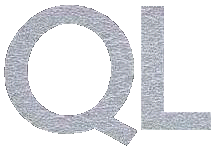
|

|

|
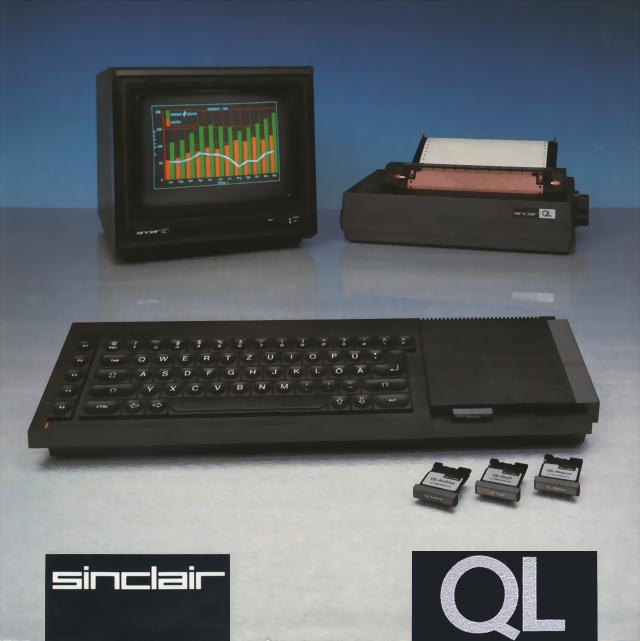 |
|
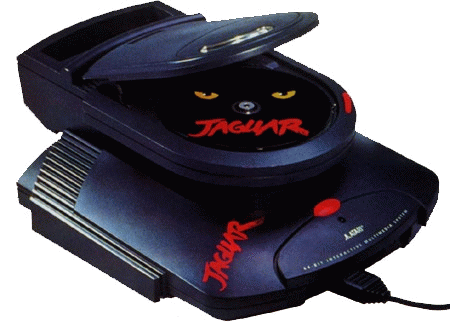
|
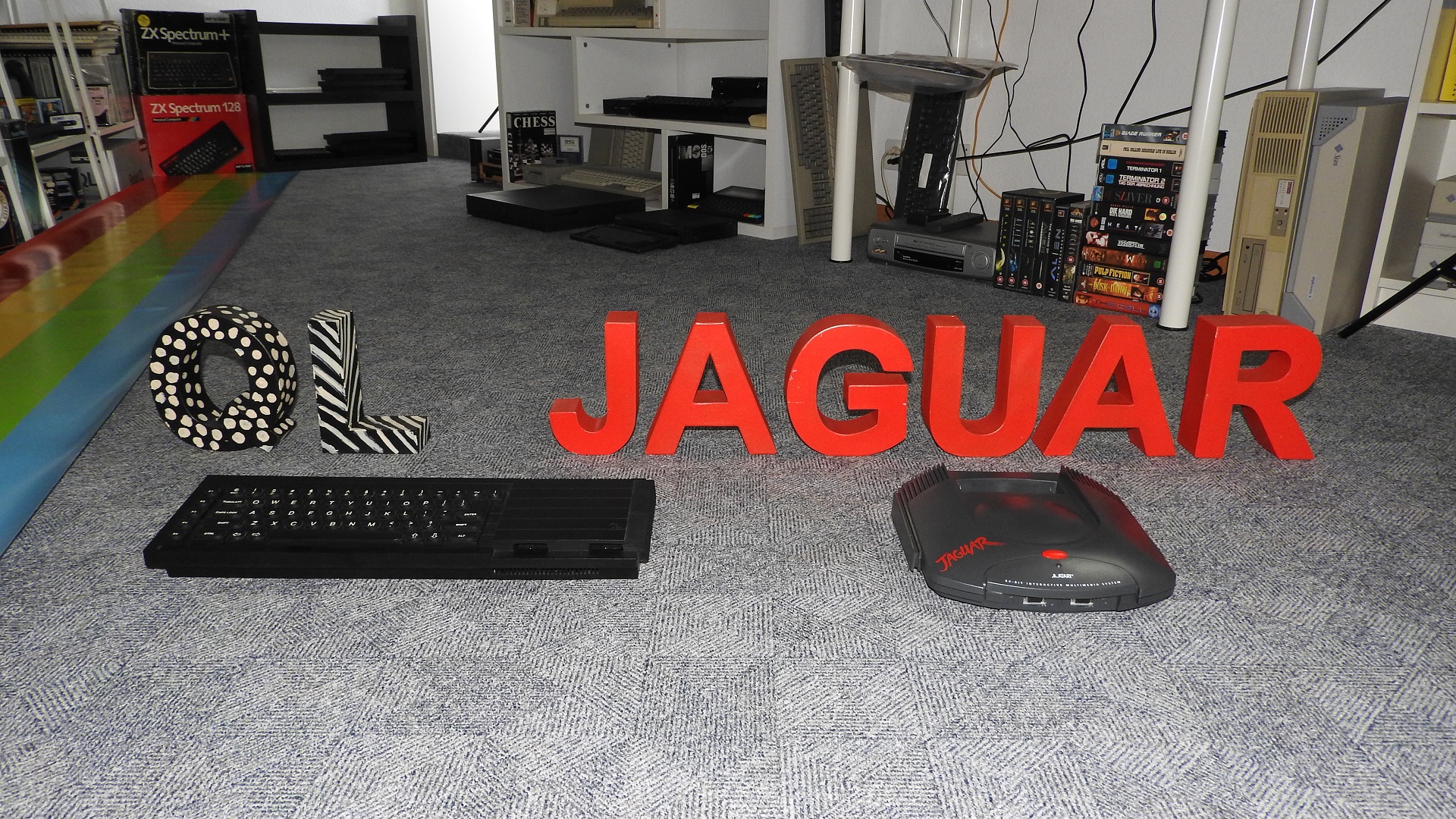 |
It's not really a "versus" thing, more a kind of family get together of the two cousins!
| Object: | Professional Computer | Interactive Multimedia System |
| Brand: | Sinclair | ATARI |
| Name: | QL | JAGUAR |
| Codename: | ZX-83 | Jaguar °c.n. |
| Developer: | Sinclair Research Ltd, Cambridge, UK  |
FLARE II Ltd, Cambridge, UK for Atari Corporation, Sunnyvale, CA, USA for Atari Corporation, Sunnyvale, CA, USA  |
| Key people: | David Karlin (HW), Tony Tebby (OS), Jan Jones (BASIC), Rick Dickinson (Industrial Design) | John Mathieson and Martin Brennan (HW, FLARE II), Jeff Minter (SW), Ira Velinsky (Industrial Design), Richard Miller (Vice President Technology) |
| Link: | In 1983 John Mathieson did a hard disk interface for the QL which was demoed at the launch but never went any further. In 1985 at Micro Peripherals Ltd Richard Miller developed a floppy disk interface for the QL which was later sold under the Sinclair brand name. Richard Miller joined Sinclair Research in 1985 and developed the ASIC of Sinclair's Z88 portable. | The two processors, code named Tom and Jerry, were designed by Martin Brennan and John Mathieson while at Flare II. Nick Terry wrote the cross assembler for the two custom processors and Tim Dunn did additional work on the chip set and project managed the CD drive accessory after moving to Atari. All ex Sinclair Research. So was Richard Miller, VP at ATARI. |
| Intended market introduction: | Autumn 1983, to generate sales for Christmas 1983. Target was missed. | Fall 1993 °c.n., to generate sales for Thanksgiving and Christmas 1993. Target was missed. |
| 1st public announcement: | At launch press conference on January 12th 1984, delivery of first shipments commited for the end of February 1984. | 1991 °c.n.. June 1991, in ST FORMAT ISSUE 24, Jeff Minter (Yak) mentions the "Jaguar". |
| 1st US press conference: |
May 1984 at the Boston Computer Society (BCS) General Meeting in the New England Life Hall in Boston. (Video length 1h55m) |
August 18th 1993 at ATARI's HQ at Borregas Ave, Sunnyvale, CA. (Video length 1h11m) |
| Availability: | Mail order at launch press conference on January 12th 1984, Retail in autumn 1984 | November 18th 1993 (New York City and San Francisco Bay area), spring 1994 (US nationwide), fall 1994 (Europe, Japan) |
| Manufacturer: | Thorn EMI Datatech, UK (D models); SAMSUNG, Korea (S models) |
IBM, USA (K1 models); JVC, USA (M2 models) |
| Earliest known unit still existing: | Machine with no S/N, assembled ca. January/February 1984, equipped with a ZX-83 1983 ISS.2 PCB made 8350 | Machine with S/N K13B003330, manufactured in November 1993, NTSC unit |
| 1st "mass" production run: | April 1984 (THORN EMI Datatech, Feltham, UK), D04 series | Nov °c.n. 1993 (IBM, Charlotte, NC, USA), K13B °c.n. series |
| Last "mass" production run: | May 1986, last known serial number is SG18-010800 (Samsung made German edition) | June °c.n. 1995, last known serial number is M256002639 (JVC made) |
| Production figures: | About 150'000 units (includes about 6'000 US and 11'000 German editions), manufactured in 26 months | About 250'000 units, manufactured in 20 months |
| Architecture: | 8/32-bit | 16/32/64-bit |
| Processor(s): | MC68008 (7.5 MHz), I8049 (11 Mhz) with 2KB custom firmware °1 | MC68000 (13.295 Mhz), Tom (26.591 Mhz), Jerry (26.591 Mhz) |
| Custom chips: | ZX8301 (Video, BUS, DRAM) and ZX8302 (Peripherals) | Tom (32-bit GPU, 64-bit Object processor, 64-bit Blitter, DRAM), & Jerry (32-bit DSP) |
| RAM: | 128KB/640KB °2 | 2MB |
| ROM: | 48KB/64KB °3 (OS with device drivers and library of vectored routines, SuperBASIC interpreter) | 128KB (BOOT, INIT and SPLASH animation only; no OS, no API library) |
| Video resolution (pixels): | 256x256 and 512x256 (set using MODE 0 or MODE 8) | 133 to 1064 pixels (variable using PWIDTH 111 to 000) |
| Text resolution (characters): | 85x25 (max. depending on video resolution, set using CSIZE 0,0 to 3,1) | Variable, depending on video resolution and charset. |
| Colours: | 4 at 512 pixels, 8 at 256 pixels (255 stipples of 2 colours and a pattern in a 2x2 pixel block) | 16.8 Mio |
| Music: | Beeper | DSP 16-bit CD quality sound |
| BOOT time: | 3.5 seconds (off the shelf PAL machine with JM ROM) | 17.8 (8.4 when button A is pressed during init) seconds (off the shelf PAL machine with J9001 game cartridge inserted) |
| Physicals: | 472mm (w) x 138mm (d) x 46mm (h), 1388g (D models, S models weigh a bit more due to keyboard backplate made off steel instead of aluminum and due to shielding) | 245mm (w) x 255mm (d) x 64mm (h) |
| Power supply: | 9V DC at 1.8A,15.6V AC at 0.2A | 9V DC at 1.2A |
| Key colours in CI/CD: | Black, Silver, White | Black, Red, Yellow |
| Marketing slogan: | Sheer professional power in the special Sinclair style | DO+THE MATH |
| Community slogan: | QL forever! | Jag rules! |
| What blew me away: | BASIC language, 32-bit multitasking OS, visual appearance (black) | Alien versus Predator (AvP), Tempest 2000 (T2K), visual appearance (but should have been in dark black like the prototypes and early cartridges) |
| Got my 1st personal unit: | On January 20th 1986, bought in the post Christmas 1985 sales at a consumer electronics retailer in Berne | In spring 1995, bought from Jochen Merz Software, a German trader with whom I was doing business for almost a decade |
| Animated logo: |  |
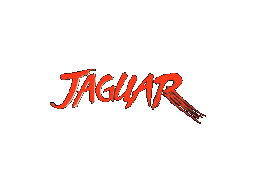 |
| THE collection: | 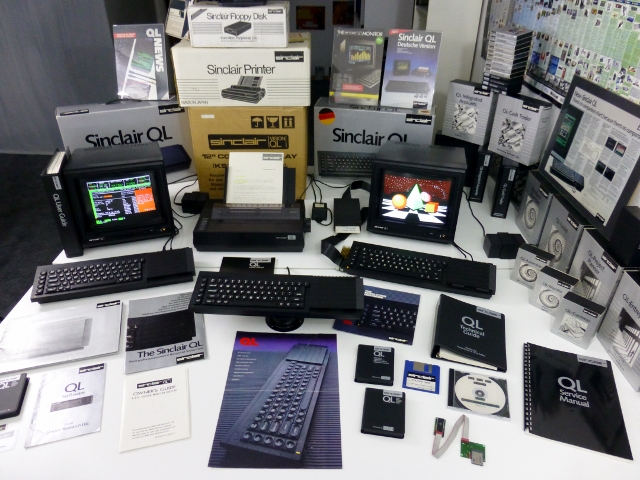 as appearing in the movie "QL is 30" - 30th anniversary 2014 |
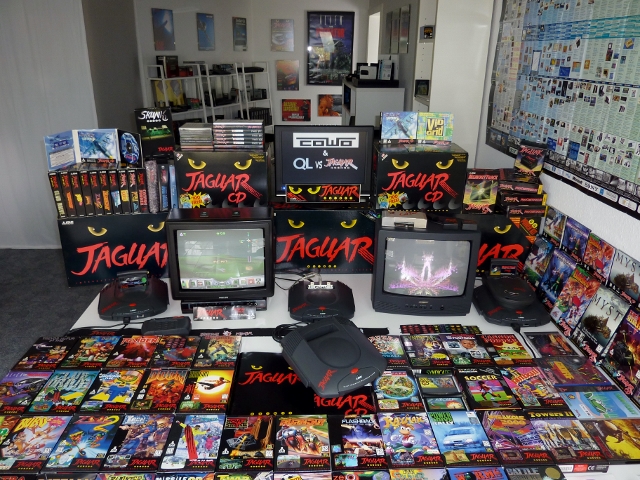 as appearing in the movie "Jag is 20" - 20th anniversary 2013 |
| Wiki: | Wikipedia Community Wiki |
Wikipedia |
°1 - Expansion cards with MC68000/12, MC68000/16 or MC68020/24 CPU were available in the early 1990s.
°2 - Expansion cards with 768KB, 2MB (with MC68000/16 CPU) and 4MB RAM (with MC68020/24 CPU) were available in the late 1980s and early 1990s.
°3 - The original specification was 32KB ROM for the OS and BASIC. During development OS and BASIC became bigger as planned. Production machines had 48KB ROM which resulted in the expansion ROM limited to 16KB.
Site produced (p) and copyright (c): 2013-2017, Urs König
Last Updated: August 28th 2017
Return to top of this page | Return to home page